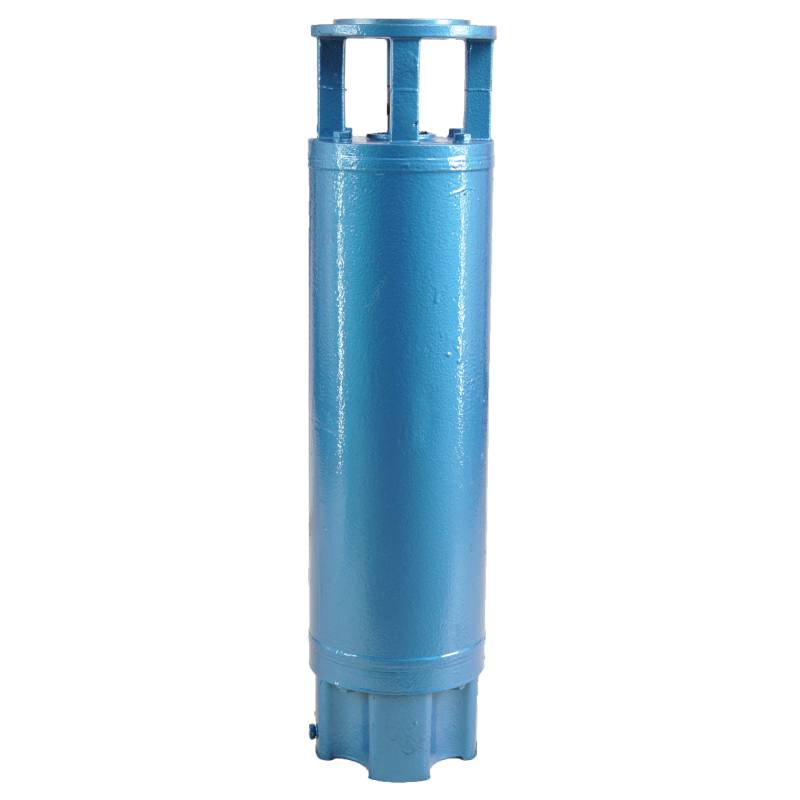Jul . 28, 2024 13:07 Back to list
A Comprehensive Guide to Understanding Well Motor Applications and Benefits in Various Industries
The Significance of Well Motors in Modern Pumping Systems
Well motors play a crucial role in the extraction and management of groundwater, serving as the heart of modern pumping systems. As water scarcity becomes an increasing concern worldwide, understanding the functionality and significance of well motors is more important than ever. This article delves into the essentials of well motors, their operation, applications, and their impact on various sectors.
At its core, a well motor is an electric motor specifically designed to be submerged within a well or borehole. Its primary function is to drive a pump that draws groundwater to the surface, making it accessible for various uses. These motors come in various designs, with submersible motors being the most common. Submersible well motors are engineered to operate efficiently underwater, ensuring that the motor remains cool and reducing the need for extensive maintenance.
One of the key advantages of well motors, particularly submersible types, is their ability to function under high pressure. As they are located deep within the well, they can pump water from significant depths, which is essential in regions where groundwater is the primary source of water supply. Furthermore, their design minimizes the risk of cavitation, a phenomenon that can severely damage pumps and reduce their efficiency.
The applications of well motors are vast, spanning across agriculture, municipal water supply, industrial processes, and residential needs. In agriculture, for instance, well motors enable farmers to irrigate their fields, ensuring consistent water availability, particularly in arid regions. Efficient irrigation systems powered by well motors contribute to higher crop yields and sustainable farming practices.
well motor

In urban settings, municipal water systems rely heavily on well motors to meet the water demands of growing populations. These motors facilitate the extraction of groundwater to supply drinking water, firefighting resources, and water for sanitation. The reliable operation of well motors is vital in maintaining the overall integrity of city water supply systems, especially in times of drought or water shortages.
Industries also harness the power of well motors for various processes that require significant amounts of water. Manufacturing, food processing, and power generation are just a few examples of sectors that depend on efficient water supply systems powered by well motors. The ability to customize these motors for specific industrial applications makes them invaluable in achieving operational efficiency.
Moreover, the advancements in technology have been monumental in enhancing the performance of well motors. Modern well motors are equipped with smart sensors and automation features that enable real-time monitoring of performance and water levels. This technological leap not only improves efficiency but also facilitates predictive maintenance, reducing downtime and extending the lifespan of both the motor and the pump.
However, the reliance on well motors also raises concerns about over-extraction of groundwater, leading to issues such as land subsidence and reduced water quality. Therefore, responsible management of groundwater resources, coupled with regulatory practices, is essential to ensure that well motors serve their purpose without compromising the sustainability of water sources.
In conclusion, well motors are indispensable components in the management of groundwater resources, providing essential services across various sectors. Their ability to efficiently extract water makes them vital in addressing global water challenges. As technology advances and the importance of sustainable practices grows, well motors will continue to evolve, ensuring that they meet the demands of future generations while safeguarding our precious water resources.
-
Submersible Water Pump: The Efficient 'Power Pioneer' of the Underwater World
NewsJul.01,2025
-
Submersible Pond Pump: The Hidden Guardian of Water Landscape Ecology
NewsJul.01,2025
-
Stainless Well Pump: A Reliable and Durable Pumping Main Force
NewsJul.01,2025
-
Stainless Steel Submersible Pump: An Efficient and Versatile Tool for Underwater Operations
NewsJul.01,2025
-
Deep Well Submersible Pump: An Efficient 'Sucker' of Groundwater Sources
NewsJul.01,2025
-
Deep Water Well Pump: An Efficient 'Sucker' of Groundwater Sources
NewsJul.01,2025
-
 Submersible Water Pump: The Efficient 'Power Pioneer' of the Underwater WorldIn the field of hydraulic equipment, the Submersible Water Pump has become the core equipment for underwater operations and water resource transportation due to its unique design and excellent performance.Detail
Submersible Water Pump: The Efficient 'Power Pioneer' of the Underwater WorldIn the field of hydraulic equipment, the Submersible Water Pump has become the core equipment for underwater operations and water resource transportation due to its unique design and excellent performance.Detail -
 Submersible Pond Pump: The Hidden Guardian of Water Landscape EcologyIn courtyard landscapes, ecological ponds, and even small-scale water conservancy projects, there is a silent yet indispensable equipment - the Submersible Pond Pump.Detail
Submersible Pond Pump: The Hidden Guardian of Water Landscape EcologyIn courtyard landscapes, ecological ponds, and even small-scale water conservancy projects, there is a silent yet indispensable equipment - the Submersible Pond Pump.Detail -
 Stainless Well Pump: A Reliable and Durable Pumping Main ForceIn the field of water resource transportation, Stainless Well Pump has become the core equipment for various pumping scenarios with its excellent performance and reliable quality.Detail
Stainless Well Pump: A Reliable and Durable Pumping Main ForceIn the field of water resource transportation, Stainless Well Pump has become the core equipment for various pumping scenarios with its excellent performance and reliable quality.Detail
